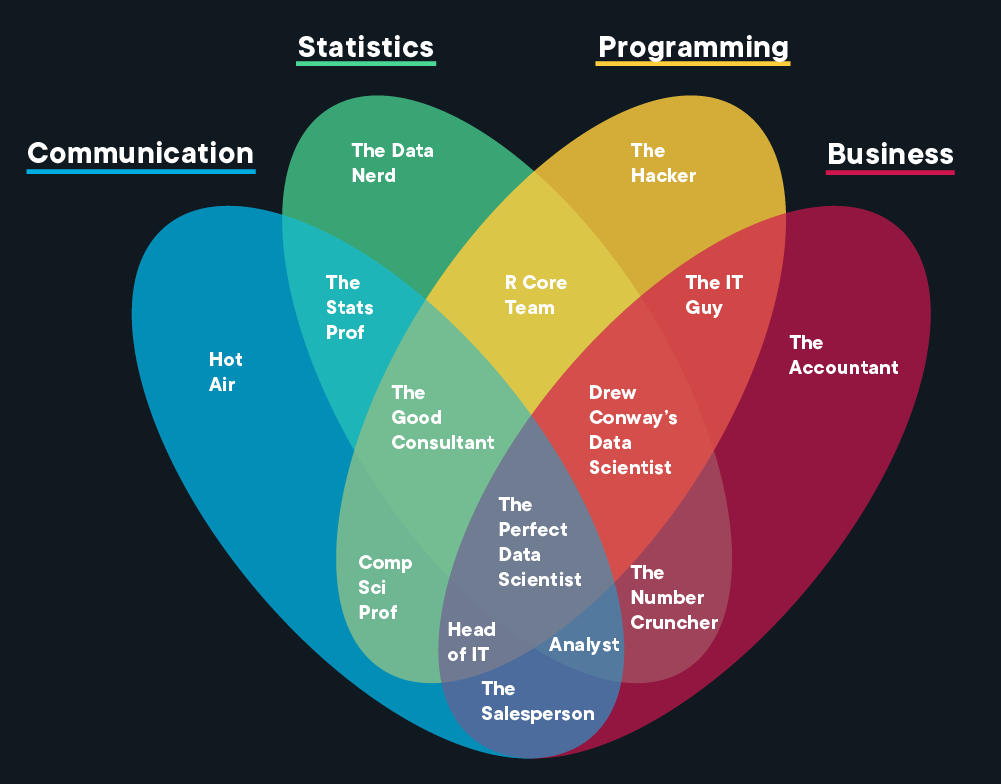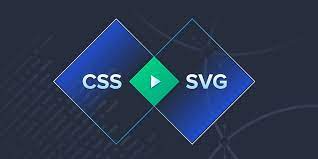Business Analyst vs Data Analyst: Roles and Responsibilities
To help you get a better idea of what each job entails, let's have a look at their roles and responsibilities:
Data analyst role
Data analysts are known to work with large data sets to identify patterns and trends, which can be used to inform business decisions. They use statistical tools, techniques, and programming languages like SQL and Python to collect, clean, transform, and analyze data.
Some common responsibilities of a data analyst include:
- Collecting data from various sources
- Cleaning and organizing large dataset
- Manipulating data for Exploratory Data Analysis
- Performing statistical analysis and data mining
- Creating visualizations and reports to present findings
- Identifying patterns and trends in datasets
With our Data Analyst with Python career track, you can learn more about these roles and responsibilities and begin your journey toward entering the profession.
Business Analyst Role
Business analysts focus on understanding business objectives, gathering requirements, and providing strategic recommendations for improving processes, products, or services. They use analytical skills to interpret data and provide insights that inform decision-making.
Some common responsibilities of a business analyst include:
- Identifying and defining business needs
- Gathering, analyzing, and interpreting data
- Evaluating current processes and identifying areas for improvement
- Developing solutions to business problems
- Creating reports and visualizations to communicate insight
Want to explore a career as a business analyst? Our webinar on How to Become a Business Analyst provides a good overview of the role. You can also explore our full guide on what business analytics actually is.
Similarities Between Data Analysts and Business Analysts
While their primary focus may be different, there is an overlap in some of the skills both roles require.
Both data analysts and business analysts need to have strong analytical skills, be proficient in SQL and other programming languages, and be able to interpret data and provide insights.
Additionally, both roles also require excellent communication skills as they need to communicate their findings to stakeholders who may not have a background in data analysis. They also need to be able to work with cross-functional teams and collaborate effectively
Our course on Data Communication Concepts covers the soft skills needed for both roles, as does our SQL Fundamentals skill track.
Key Skills for Data Analysts and Business Analysts
Now that we've covered the roles and responsibilities let's take a look at some key skills needed for both data analysts and business analysts, including some resources to help you get started:
Key skills for data analysts
As data analysts tend to be more technical, some of their key skills will be more on data analytics tools or visualization software.
- Proficiency in SQL for querying databases - Data Analyst in SQL career track
- Python, or other programming languages for cleaning data - Python Fundamentals skill track
- Data mining and statistical analysis - Statistics Fundamentals with Python skill track
- Data visualization and reporting using business intelligence (BI) tools
- Problem-solving skills
Key skills for business analysts
- Strong communication skills - Data Communication Concepts course
- SQL querying of company databases - SQL Fundamentals skill track
- Ability to interpret data and provide insights
- Critical thinking and problem-solving skills
- Process improvement and project management skills
- Business acumen and understanding of industry trends





shakil
nxzczkn csjnj